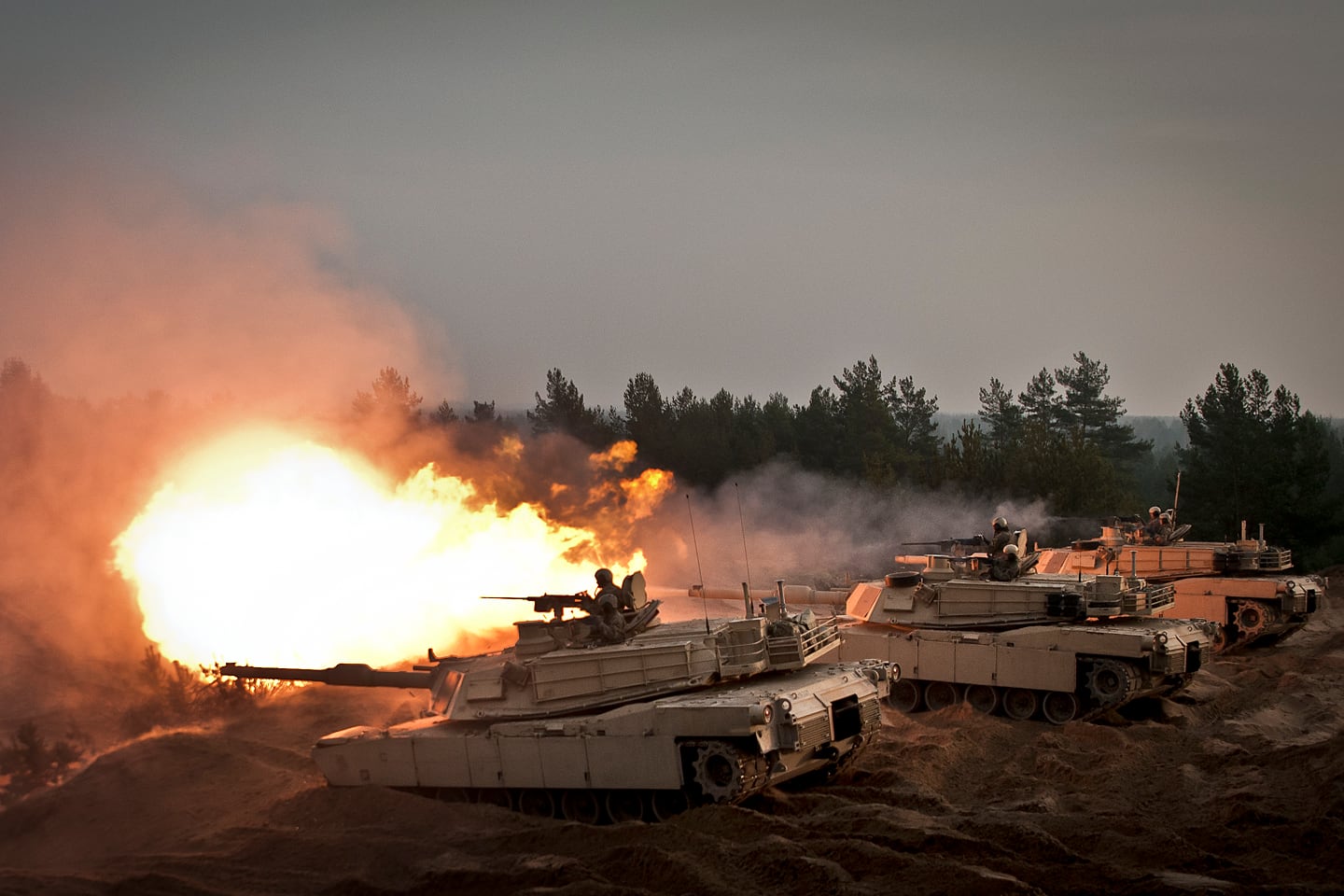As the Army upgrades its vehicle fleet for a potential slugfest with Russia, it is also building in manned and unmanned options in all future vehicles and helicopters that are poised to hit the fleet in the next decade and beyond.
“Every ground and rotary wing vehicle that the Army produces from now on … every single one of them, the base requirement is it has to be manned and unmanned, either autonomous or semi-autonomous,” Army Chief of Staff Gen. Mark Milley told the Senate Thursday.
That is to give the commanders on the ground the decision to pick manned or unmanned for any mission they tackle, he said.
RELATED

The Army is sending prototypes of its first gear mule-type robotic vehicle to the 10th Mountain Division and the 101st Airborne Division later this year for testing in the formations as part of the service’s overall push toward autonomous vehicle systems.
But the fighting vehicles are at another level, as some carry troops into the fight and weapons systems for the fight.
Sen. Gary Peters, D-Michigan, quizzed both Secretary of the Army Mark Esper and Milley on upgraded Stryker production.
The upgraded version, or A1, will include a double V hull for added protection against explosives and enemy rounds, improved mobility, and a 30mm gun.
Peters was concerned about whether funding was effective in getting more upgraded Strykers to soldiers more quickly.
“It will go through operational testing for several months,” Esper said, and the Army will assess its performance.
He noted that procurement funds are 18 percent higher than last year for that program, and the Army is watching it closely to improve survivability and lethality.
A much talked about upgrade in recent years has included the Trophy Active Protection System, a countermeasure that defeats rocket propelled grenades and other anti-tank munitions.
The Trophy upgrades have been prioritized for units heading to Europe, but Esper said that with current funding the upgrades are in place for five armored brigade combat teams over the next five years.
Initially for tanks, Esper said Bradleys and Strykers will also see Trophy systems to protect them as upgrades proceed.
Milley pointed out the balancing act that must happen between upgrading the existing Strykers, Bradley Fighting Vehicles and M1 Abrams tanks while also preparing for the Next Generation Combat Vehicle.
The ideas and technology that brought forth the existing vehicles came out of the 1960s and 1970s and has, at most, a realistic lifespan of only another 10 to 15 years.
Though much reporting has discussed Chinese and Russian overmatch in ground vehicle spending and development, the upgraded versions of the current U.S. ground fleet will “serve well even against Russia and China,” Milley said.
The Next Generation Combat Vehicle, though in the prototype stage now, is scheduled for fielding by 2028, Milley said.
The NGCV will be “optimized” for urban combat and be much more lethal, powerful and able to operate manned or unmanned, he said.
It will come as a family of vehicles, including a “tank-like” version, a troop carrier, a medical variant, and a logistics model, all with distinctive features but built on a common chassis, Milley said.
Todd South has written about crime, courts, government and the military for multiple publications since 2004 and was named a 2014 Pulitzer finalist for a co-written project on witness intimidation. Todd is a Marine veteran of the Iraq War.




